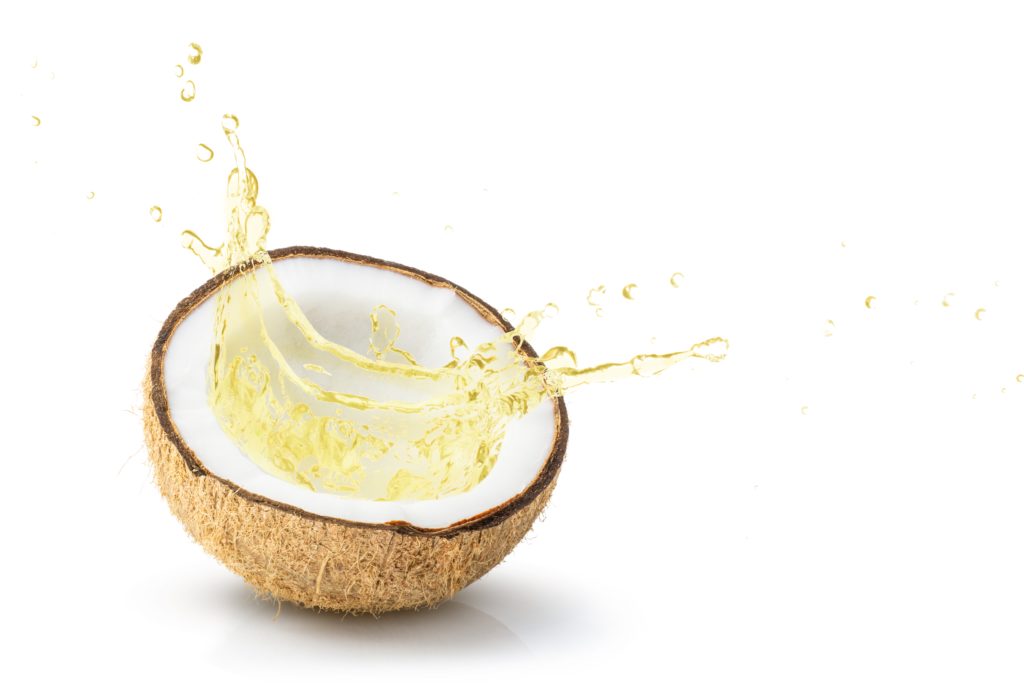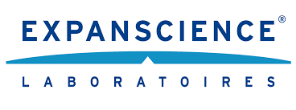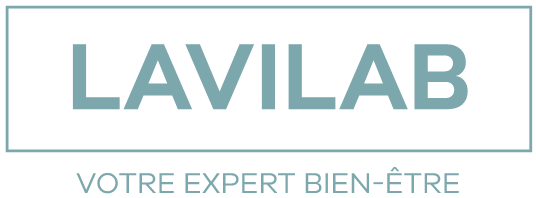Head lice: how to effectively join nature
The recurring question remains: how to effectively get rid of head lice? The presence of these bloodsucking parasites is far from pleasant, and both children and parents want to to get rid of them as quickly as possible.
Over the past decades, head lice treatments have evolved significantly to meet the general public’s growing demand and adapt to the resistance developed by the insects. The ultimate goal is to provide an effective solution while moving towards more natural options while ensuring the safety of the product for both humans and the environment.
Development of the head lice care market
The global market for head lice treatments is growing rapidly: it was valued at $93.47 million in 2021 and is expected to reach $156.44 million by 2029. This represents an estimated annual growth rate of +6.65% for the period 2022-2029. 1
Seizing this strong market demand, head lice products have proliferated in recent years without always having their suitability or effectiveness validated.
“We want to raise awareness among patients and the general public that head lice treatments have become a significant commercial market, escaping serious therapeutic evaluation of certain products and therapeutic strategies,” warned the French Society of Dermatology in a 2019 statement. 2
Two main treatments categories
Initially, the market was dominated by neurotoxic insecticidal products such as pyrethrins or malathion, which target the nervous system of adult insects and nits. However, their effectiveness has been compromised by the emergence of resistance among lice to these substances. They are also criticised for their potentially harmful effects on health, leading to a search for natural solutions by consumers.
The French National Agency for the Safety of Medicines and Health Products (ANSM) took measures to limit the use of malathion, requiring a medical prescription and strengthening contraindications and precautions in response to its adverse effects (neurological disorders: headaches, nausea, vomiting, and very rarely, seizures in children). In this context, these products, once classified as drugs, have been withdrawn from the French market. The latest product of this type, Prioderm®, has not been manufactured since the end of 2018.3
Nowadays, the most commonly used treatments are dimethicone-based, a synthetic compound belonging to the silicone family. These products act mechanically by “suffocating” lice and nits, depriving these parasites of oxygen and preventing them from breathing. They are often referred to as “suffocants.”
Unlike previous treatments, there are no signs of resistance observed with these compounds. However, precautions related to their flammability are imperative, such as avoiding hair exposure to heat after treatment (hence precautions such as “Stay away from a heat source” or “Let hair air dry”).
Coconut oil, a natural alternative
This vegetable oil is extracted from the coconut (Cocos nucifera). It is widely recognised for its uses in cosmetics and hair care based on its moisturising and nourishing properties. 4,5 It is also employed as a natural and mechanical method to eliminate lice. It belongs to Class I of medical devices and also acts as a “suffocant.” Specifically, when coconut oil is generously applied to the hair and scalp, it coats lice and nits. This layer of oil blocks their respiratory openings, depriving them of oxygen. The parasites lose their internal fluids, dehydrate, and eventually die.
Clinically evaluated effectiveness
A 2009 English study evaluated the effectiveness of a shampoo based on an emulsion derived from coconut against head lice infestation in children.
The study took the form of a school trial, where students were treated on days 0 and 7, then checked on days 8 and 15. A trial in the family environment was also conducted, where the product was applied by parents three times within two weeks.
The results of the school trial showed that after 8 days, 61% of children were lice-free after using the coconut oil-based shampoo, compared to only 14% of students treated with a permethrin-based product.
Permethrin is a synthetic insecticide that acts by disrupting the nervous system of insects and causing paralysis, leading to their death. Suspected of being an endocrine disruptor 6,7, permethrin is no longer used in head lice products.
In the family trial, where all family members were treated, the cure rate reached 96% with coconut oil.
A plant-based product effective under some conditions
In response to increased demand for natural products, it is understandable why coconut oil is increasingly favored by consumers.
However, effectiveness is not consistently guaranteed among existing products. The nature of coconut oils varies depending on the origin or harvest period of the raw material.
This plant variability directly influences its fatty acid composition and, consequently, its efficacy in eliminating lice, as fatty acids are the compounds responsible for suffocation.
Fortunately, evidence of guarantees exists! Some suppliers have developed strict specifications to certify the same composition from one batch of material to another. The specifications include a unique fatty acid profile whose efficacy on lice and nits has been tested and proven to be 100%.
The numerous advantages of coconut oil against lice

Hypoallergenic
One of the many advantages of coconut oil is its low allergenic potential 8,9. Coconut oil is extracted from the coconut pulp and generally does not contain proteins responsible for many food allergies.
This lack of sensitising effect makes it an ideal product for the whole family, including babies, young children, and pregnant women.
Biodegradable
In addition, some head lice treatment manufacturers pay special attention to the environmental impact of their products: the coconut oils used in their lotions are said to be “easily biodegradable” according to OECD 301 F standards.
OECD 301 F standards refer to a series of test methods developed by the Organisation for Economic Co-operation and Development (OECD) to assess the biodegradability of chemicals and substances in the aquatic environment.
Biodegradability is a fundamental aspect in the formulation of cosmetic and rinsed products.
From this perspective, the use of dimethicone (the main head lice treatment belonging to the silicone family) may raise questions.
Christine Lafforgue, former president of the French Society of Cosmetology (2018-2021), a biologist and chemist by training, addressed the issue in an interview 10: “In truth, the only danger of dimethicone is its environmental impact. It is a component that is not biodegradable and is harmful to the health of the planet. European regulation REACH tries to prioritise the use of dimethicone, to see if its production can be limited to certain products. It is necessary to reflect on the product’s interest in relation to its impact on the environment.”
Enjoyable use of head lice treatment, is it possible?
Hypoallergenic and non-irritating, coconut oil is perfectly suitable for family and regular use.
Thanks to confidential manufacturing processes, some suppliers have even managed to make the oil non-greasy for optimal comfort.
As a brand, it is now possible to integrate into your range a natural and proven effective head lice treatment: non-irritating, non-greasy, environmentally friendly, and silicone-free!
The effectiveness of this solution relies on exclusive and specific sourcing of raw materials as well as a solid mastery of the technical formulation.
Thanks to privileged links with European industrial partners, BOTANI BRANDS experts accompany you in formulating an effective and ready-to-use product.
Sources :
- https://www.sfdermato.org/media/pdf/communique-presse/sfd-cp-pediculosvf-f83a93cd0c638309eda86525984c1518.pdf
- Global Lice Treatment Market – Industry Trends and Forecast to 2029 – Data Bridge Market Research
- https://ansm.sante.fr/actualites/arret-de-commercialisation-de-la-lotion-anti-poux-prioderm-a-la-suite-du-renforcement-de-ses-conditions-de-prescription
- Varma, S. R., Sivaprakasam, T. O., Arumugam, I., Dilip, N., Raghuraman, M., Pavan, K. B., Rafiq, M., & Paramesh, R. (2018). In vitro anti-inflammatory and skin protective properties of Virgin coconut oil. J Tradit Complement Med, 9(1), 5-14. https://doi.org/10.1016/j.jtcme.2017.06.012
- Deen, A., Visvanathan, R., Wickramarachchi, D., Marikkar, N., Nammi, S., Jayawardana, B. C., & Liyanage, R. (2021). Chemical composition and health benefits of coconut oil: an overview. J Sci Food Agric, 101(6), 2182-2193. https://doi.org/10.1002/jsfa.10870.
- Sheikh, I. A., & Beg, M. A. (2021). Structural Aspects of Potential Endocrine-Disrupting Activity of Stereoisomers for a Common Pesticide Permethrin against Androgen Receptor. Biology (Basel), 10(2), 143. DOI: 10.3390/biology10020143. PMID: 33670303. PMCID: PMC7918290.
- Sheikh, I. A., & Beg, M. A. (2021). Structural Aspects of Potential Endocrine-Disrupting Activity of Stereoisomers for a Common Pesticide Permethrin against Androgen Receptor. Biology, 10(2), 143. https://doi.org/10.3390/biology10020143
- Stutius, L. M., Sheehan, W. J., Rangsithienchai, P., Bharmanee, A., Scott, J. E., Young, M. C., … Phipatanakul, W. (2010). Characterizing the relationship between sesame, coconut, and nut allergy in children. Pediatr Allergy Immunol, 21(8), 1114-1118. doi: 10.1111/j.1399-3038.2010.00997.
- Fries, J. H., & Fries, M. W. (1983). Coconut: A review of its uses as they relate to the allergic individual. Ann Allergy, 51(4), 472-481. PMID: 6354008.
- Interview de Christin Lafforgue sur le dimethicone – https://www.cosmopolitan.fr/qu-est-ce-que-le-dimethicone-dans-les-cosmetiques-quels-dangers,2056442.asp












